PHRC seminar: Risk factors of human myiasis in Hong Kong
|
Speaker: Dr Tam Yat Hung, Senior Medical & Health Officer Department of Health The Government of HKSAR Date: October 2, 2013 (Wednesday) Time: 12:45 - 13:15 Venue: Seminar Room 5, LG1/F, Laboratory Block, Faculty of Medicine Building, 21 Sassoon Road, Pokfulam, Hong Kong Abstract: Myiasis is the infestation of body tissue by the parasitic larvae of dipterous flies, whichlay eggs or larvae onto wounds or mucous membranes, depending on the species of flies. This disease occurs in animals, sometimes in humans, with severity dependingon the infesting species. Human myiasis is uncommon in Hong Kong. During2002-2009, 77 human cases were reported to the Department of Health, including 47 elderly resided in elderly homes. Epidemiological study was conducted to investigate risk factors of myiasis associated with the elderly. Information from all reported cases was obtained including demographic, medical history, diagnosis, and dependence level of activity of daily living. All larvae fetched from patients were also identified by entomological experts. Living condition, functional dependency, site of infestation and type of infesting species were found to be related to myiasis in elderly. The findings suggested both personal hygiene and environmental control were important preventive measures against myiasis in elderly. Bio-sketch: Dr Tam Yat-hung joined the Department of Health, the Government of HKSAR as Medical & Health Officer since 2002. He obtained his medical degree in 2001 at the Chinese University of Hong Kong and received his master degree in public health in 2006 at the University of Hong Kong. In 2011, he completed a master degree in infectious diseases at the London School of Hygiene and Tropical Medicine. His work mainly includes communicable disease surveillance, epidemiological investigation of disease outbreak and implementation of control and preventive measures, with special interest in field epidemiology. Dr Tam is a specialist in community medicine. |
|||
 Agenda Agenda |
|||
|

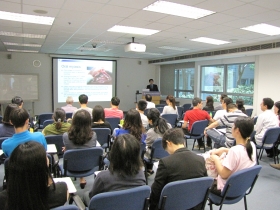
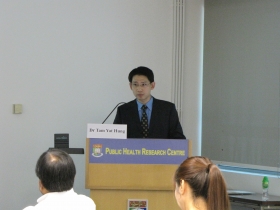
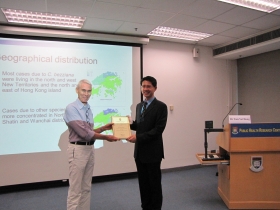

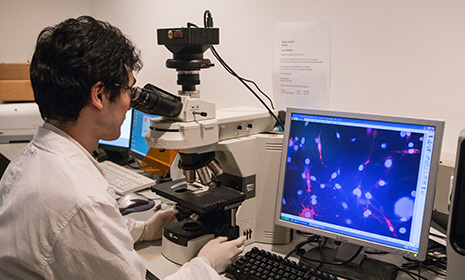
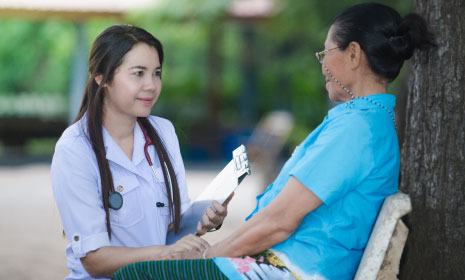




.png)
